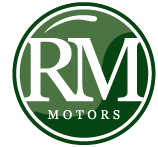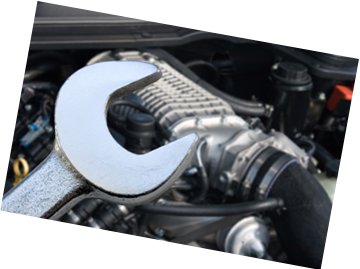Turbochargers started to be used on road vehicles in the 1980’s, first fitted to performance vehicles, the ‘Audi Quattro’ and ‘Ford Sierra Cosworth’ were the most remembered of the era. By The late 80’s manufacturers were starting to fit turbo systems to Diesel vehicles, which gave them an acceptable power for small engines to be used in road going cars, but with better fuel economy than their petrol equivalents.
The turbocharger’s job in the engine is to compress the air which is being fed into the engine cylinders, creating more power for an given engine type without a turbo. The turbo is powered by the waste heat in the exhaust gases. The unit comprises of a housing assembly which has two sides to it one side houses the compressor fan dealing with engine intake air. The other side houses an exhaust turbine fan, extracting the energy from the exhaust gasses. The two fans are joined by a common shaft, and when in use this regularly will spin in excess of 100,000 rpm. The shaft is mounted on bearings which are lubricated by engine oil. Compressor pressure is regulated by one of two different ways. A bypass valve on the exhaust to divert exhaust gas away from the turbine, (This was an early type of system and is now being less used by engine manufacturer’s). or a variable nozzle which uses about twenty or so adjustable guide vanes to direct exhaust gas onto the turbine, (This system much reduces the lag traditionally associated with older designs).
Problems can arise from poor lubrication from bad quality engine oil, foreign object damage from contaminated inlet and exhaust gasses, excessive speeding due to compressed air piping and intercooler leakages, and pressure control systems failing.
At R M Motors we have experience in dealing with these issues and have the equipment to remedy the faults that these systems give.

